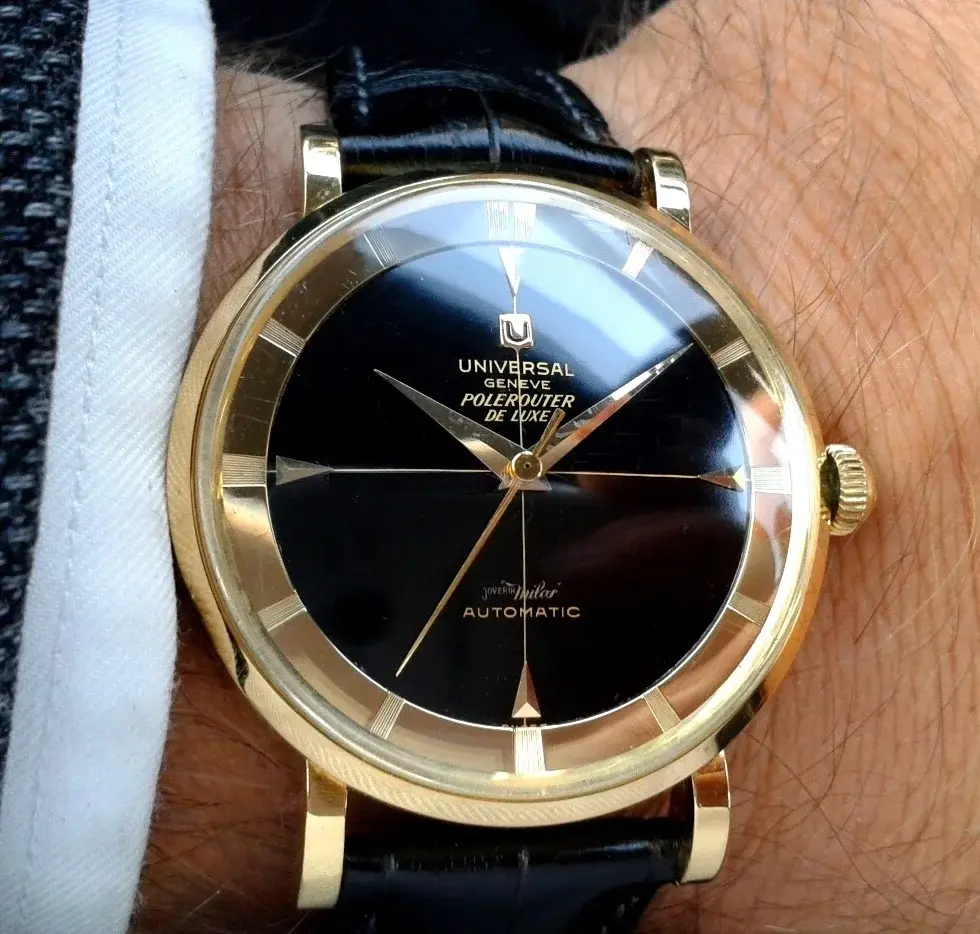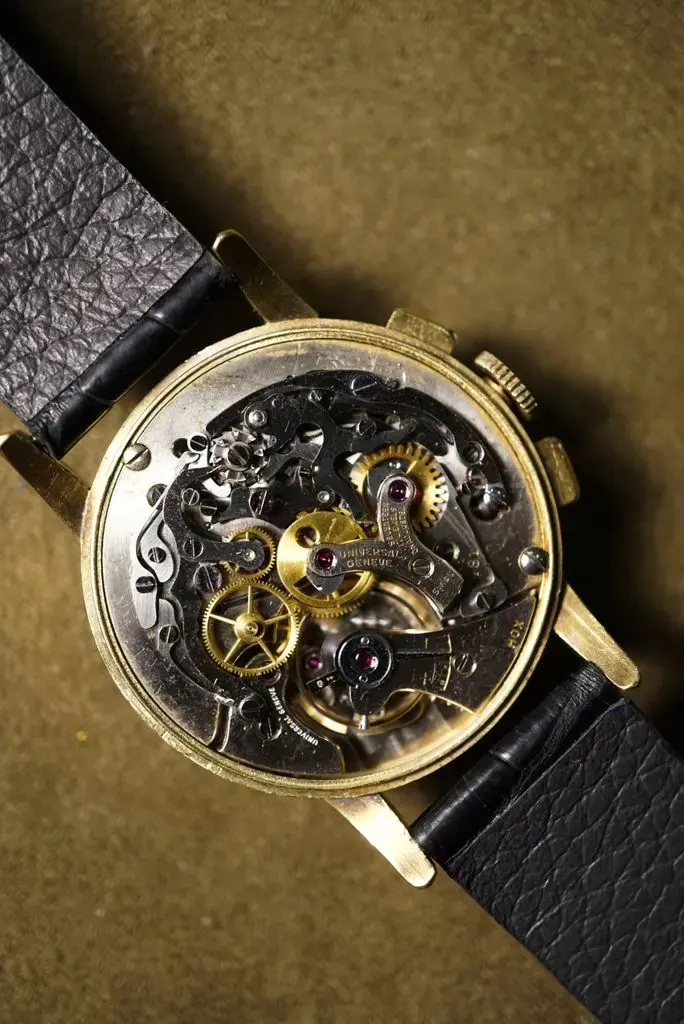vujen
·Honestly, I’m not entirely convinced by what was said years ago (almost 9 years ago now) by other Italian collectors. The concept of replacement dials starts from Rolex and from dials (or cases or hands, etc.) that were replaced in specific references. References that were produced for more than 20 years in some cases (for instance: Rolex Explorer).
In UG, production is completely different, both physically and conceptually. There is no defined case-dial association in the majority of cases. Therefore, it is our concept of replacement parts that is wrong.
Obviously, UG had dials available, and clearly some designs are more common than others. But this concept is different from the idea of a dial specifically created as a replacement.
In fact, this same design, as we can see, was co-signed by Turler, which is exactly the opposite of the concept of supply.
Just my humble opinion, of course.
In UG, production is completely different, both physically and conceptually. There is no defined case-dial association in the majority of cases. Therefore, it is our concept of replacement parts that is wrong.
Obviously, UG had dials available, and clearly some designs are more common than others. But this concept is different from the idea of a dial specifically created as a replacement.
In fact, this same design, as we can see, was co-signed by Turler, which is exactly the opposite of the concept of supply.
Just my humble opinion, of course.


























